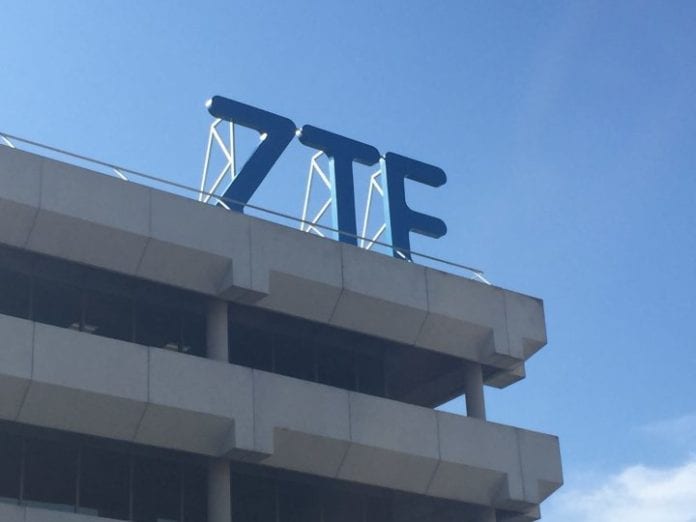ZTE made the case to combine work on cloud and fog computing at recent ITU-T CTO event in Thailand.
In a move to combine what it sees as similar technology attributes, ZTE offered up a support for combining work being conducted in cloud and fog computing.
Participating in the International Telecommunications Union’s Eighth CTO meeting in Thailand, the vendor said it analyzed online video, augmented reality, virtual reality, large-scale “internet of things” and other application scenarios in pointing out similar concepts behind fog computing and multi-access edge computing. Those efforts were said to be placed under a “cloud-fog collaboration” system architecture.
ZTE explained that while a solid cloud platform is required to deal with the generation, transmission and processing of massive data, performance and latency requirements for AR and VR in particular will require edge-based platforms.
“If data completely relies on ‘heavyweight cloud computing’ in which customers and servers are far away, bottlenecks will be caused,” the company noted. “Whereas if lightweight fog computing, mobile edge computing or multi-access edge computing redefined by the European Telecommunications Standards Institute are deployed on the edge (IoT gateway and baseband pool) of the network, and the requirements for the fixed/mobile convergence scenario are considered, the load in the upper-layer cloud computing center will be reduced and strong support will be provided for the aforementioned delay-sensitive services.”
ZTE further added it expects edge computing to benefit from cloud advancements like network slicing, software-defined networking and network functions virtualization, and for such platforms to be integrated as a unified component in an overall cloud and virtualization architecture.
“This enables multi-level distributed cloud deployment, on-demand network slicing, sensitive service chains, dynamic scheduling, efficient new function introduction, maximum software and hardware decoupling, as well as strict separation of forwarding and control,” the firm explained. “Ultimately, the end-to-end and full-procedure network-wide service delivery required by all types of users will be provided.”
In breaking down its own view on fog computing, the OpenFog Consortium explains the technology as a system-level horizontal architecture to distribute resources and services of computing, storage, control and networking along the continuum from cloud to “things.” This includes a horizontal architecture to support industry verticals and application domains, delivering intelligence and services to users and business; cloud-to-thing continuum of services enabling services and applications to be distributed closer to “things,” and anywhere along the continuum between cloud and “things” to be connected; and system-level support to extend from the “things,” over the network edges, through the cloud and across multiple protocol layers.
“It’s an emerging architecture that takes compute, storage, control and networking, and distributes those services closer to the end user, closer to the device, closer to where the data is actually being generated,” said Lynne Canavan, executive director at OpenFog Consortium. “It brings it closer to the ‘cloud to things continuum.’”
Bored? Why not follow me on Twitter.

